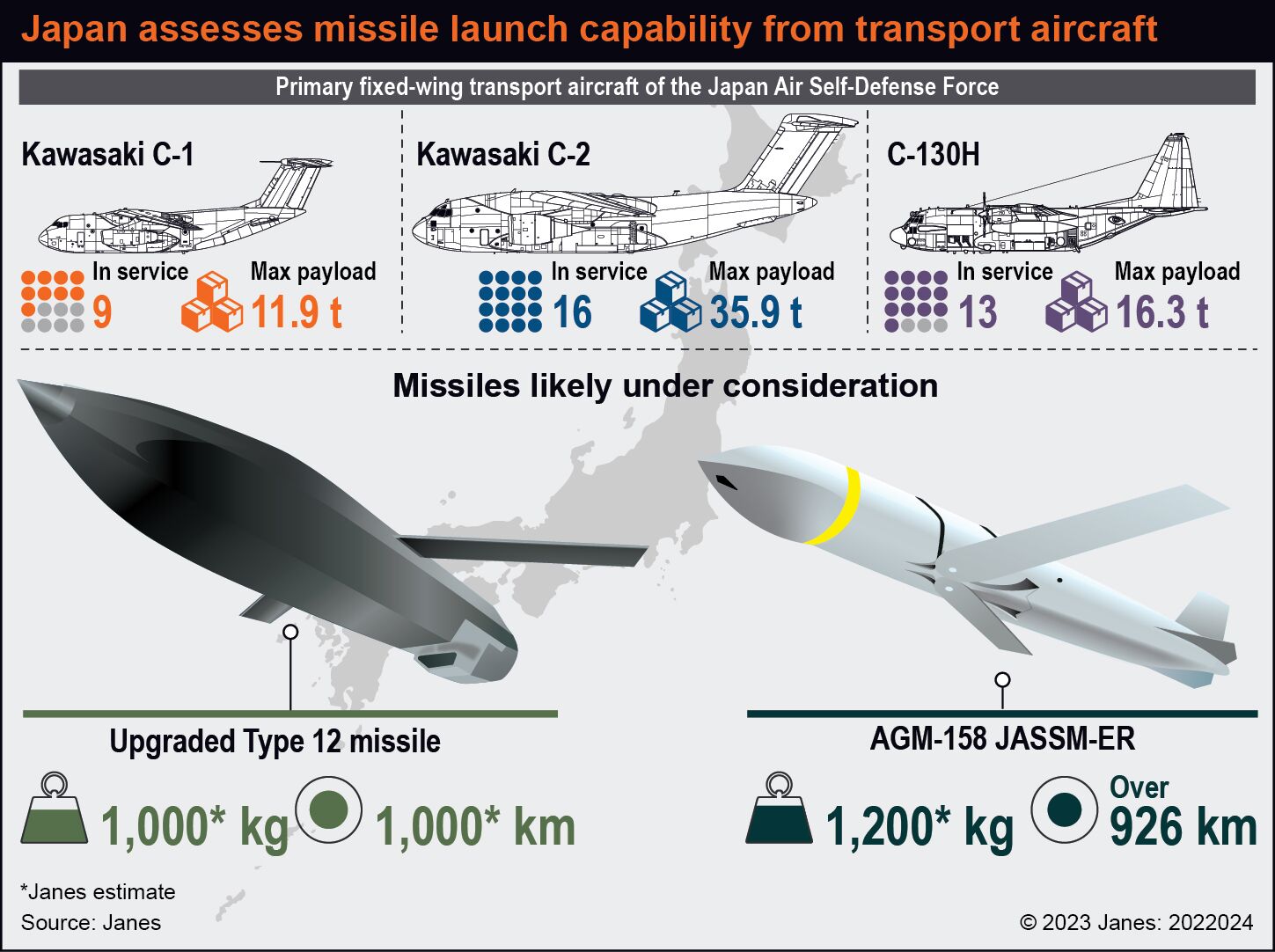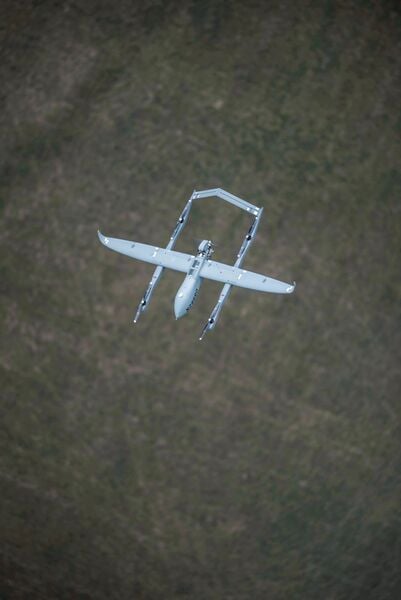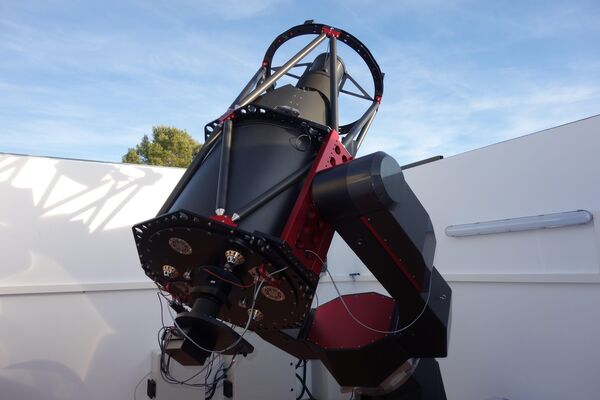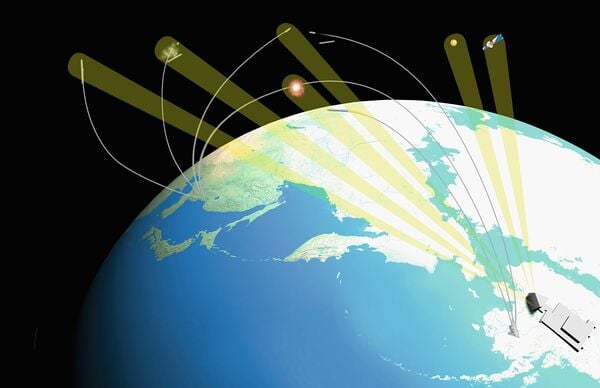- About
- Intara
- Capabilities
- Advisory
- Resources
- News
- Store
Japan mulls long-range missiles on transport aircraft
18 August 2023
by Akhil Kadidal & Rahul Udoshi


Based on available information, it is likely that the upgraded air-launched variant of Japan's Type 12 missile and the US-origin Joint Air-to-Surface Standoff Missile-Extended Range could be used to turn Japan's cargo aircraft into lethal platforms. (Janes)
Transport aircraft of the Japan Air Self-Defense Force (JASDF) could be equipped with long-range missiles to improve the country's stand-off strike capabilities.
A Japan Ministry of Defense (MoD) spokesperson confirmed to Janes that the MoD and the Japan Self-Defense Forces (JSDF) “will develop and procure a stand-off missile launch system that can be equipped on transport aircraft”.
Such missile-equipped aircraft could be used by Japan to conduct long-range attacks on adversarial targets such as ships and missile launch sites. The use of transport aircraft would also obviate the need for Japan to acquire additional combat aircraft such as bombers for this role.
The programme is part of a plan by Japan to diversify its stand-off missile launch capabilities. According to the MoD spokesperson, Japan's Defense Buildup Program (DPB) stated that further diversification of missile launch capabilities is required to “effectively disrupt, defeat, and deter invasions against Japan”.
US Army options Textron Systems, Griffon Aerospace to fly FTUAS competitors
29 April 2024
by Zach Rosenberg


Textron Systems' Aerosonde UAV. (Textron)
The US Army on 25 April declared Option 2 of the Future Tactical Uncrewed Aircraft System (FTUAS) Rapid Prototyping Program finished, exercising Options 3 and 4 for both Textron Systems and Griffon Aerospace to build and test production-representative Aerosonde Mk 4.8 and Valiant UASs respectively.
“FTUAS program Options 3 and 4 give us the opportunity to demonstrate our Aerosonde Mk 4.8 HQ [Hybrid Quadrotor] UAS and further advance its capabilities before delivering a system for customer test and evaluation,” said Wayne Prender, Textron Systems' senior vice-president for Air Systems, in a statement.
Griffon Aerospace told Janes that the company was “honoured and excited” to be included in the award but declined to respond to further questions.
Five companies competed for the initial FTUAS contract, of which only two – Griffon Aerospace and Textron Systems – made the Option 2 cut-off.
In September 2023 the US Army selected the Griffon Aerospace Valiant and Textron Systems Aerosonde Mk 4.8 HQ for the second phase of FTUAS, which advanced the two designs through critical design review (CDR), the last step before building and testing a prototype aircraft.
UK explores new radar and IR tech to enhance SDA
26 April 2024
by Olivia Savage


UK company Spaceflux has been contracted to develop and operate a ground-based SDA sensor as part of Project Nyx Alpha to monitor objects in GEO for UK Space Command. (Spaceflux)
The UK's Defence Science and Technology Laboratory (Dstl) is conducting three technology demonstrator programmes to explore the utility of novel space domain awareness (SDA) technologies.
The first programme is exploring the development of a Deep Space Radar (DSR) designed to monitor and protect geostationary orbit (GEO) assets such as the Skynet satellite communications system, William Feline, senior principal advisor for SDA at the UK Ministry of Defence (MoD), said at the Military Space Situational Awareness Conference 2024, held in London from 22 to 24 April.
The purpose of the programme is also to assess whether the UK needs its own DSR capability or whether it can rely on or complement the Deep Space Advanced Radar Capability (DARC) currently being developed alongside Australia and the US, Emma Kerr, senior principal engineer for SDA at Dstl told Janes .
A monostatic or biostatic system is being considered as well as whether a new or existing system is required, Feline said.
MDA, Lockheed Martin seek ‘final transition' of LRDR
26 April 2024
by Carlo Munoz


An artist's concept of how Lockheed Martin's LRDR would detect ballistic missile launches from Asia. The radar completed preliminary design review in March and will go through critical design review in September 2027. (Lockheed Martin)
The Pentagon's Missile Defense Agency (MDA) and its industry counterparts at Lockheed Martin are preparing for the ‘final transition' of the long-awaited Long Range Discrimination Radar (LRDR) to the US armed forces in the Indo-Pacific region.
LRDR programme officials officially transitioned control of the S-band missile defence radar to the MDA on 23 April, according to a company statement. The handover of the system, currently stationed at Clear Space Force Station in Alaska, will allow agency officials to finalise the Operational Capability Baseline (OCB) milestone, which is the final stage before the LRDR is handed over to US Space Force (USSF) units. “Prior to this transition, the system has started space domain awareness data collects” for USSF units, the 23 April statement said.
Transport aircraft of the Japan Air Self-Defense Force (JASDF) could be equipped with long-range mis...
Latest Podcasts
Iran Israel analysis
In this podcast Janes analysts discuss the Iranian attacks on Israel on the 14 April. They highlight the military systems used by Iran and the performance and impact of these on Israel. They also discuss the implications of this attack goi...
Listen nowJanes Case Studies
Using Janes Intara to build a common intelligence picture: Russian build up on the Ukrainian border
View Case StudyNews Categories
 Defence Details
Defence Details